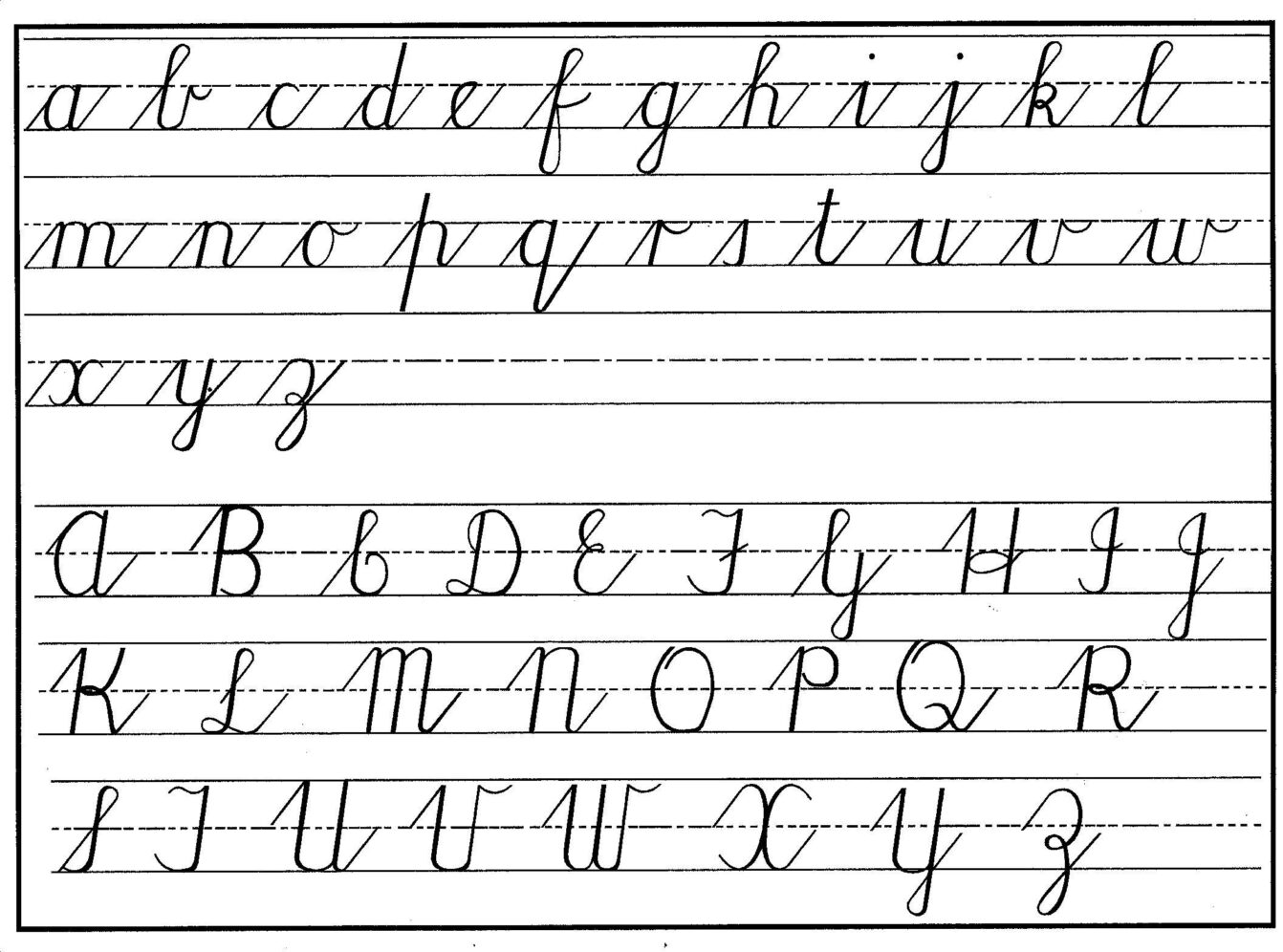The Case for Cursive

by Anna Haas ‘23
Many teens have probably noticed the difference between their writing and their parents’ or grandparents’ writing. Kids today are usually only taught how to print, while the older generations spent hours learning how to get their cursive just right. Currently, 41 states do not even require handwriting instruction, let alone cursive instruction.
While shifting focus to keyboarding instruction is important, cursive handwriting in particular has been proven to help with brain development, fine motor skills, and dexterity, along with better engagement and retention. Writing in cursive has also been proven to be beneficial for students with learning disabilities. Learning and using cursive requires the coordination of fine motor skills and visual and tactile processing abilities. Putting pen to paper alone builds muscle memory, but writing in cursive requires not only the knowledge of letter formation, but curves and connections as well. This process requires hand-eye coordination which is essential to playing an instrument, a sport, or even learning how to master a keyboard.
Learning how to write in cursive is a lot like learning a second language. In order to fully grasp it, students must be taught it at a younger age when they can still instinctually grasp the concept. Learning cursive also gives students an advantage when they have to start working with legal documents, where cursive signatures are required. Knowing how to read and write cursive also provides opportunities to read historical documents. There are also the familial benefits to it. If children learn cursive, they would be able to read letters and cards from their grandparents or great-grandparents. It would give children the ability to read things that past family members have written, some of whom they may never have met before. Cursive should no longer be a thing of the past, and should be brought back into school curriculums.